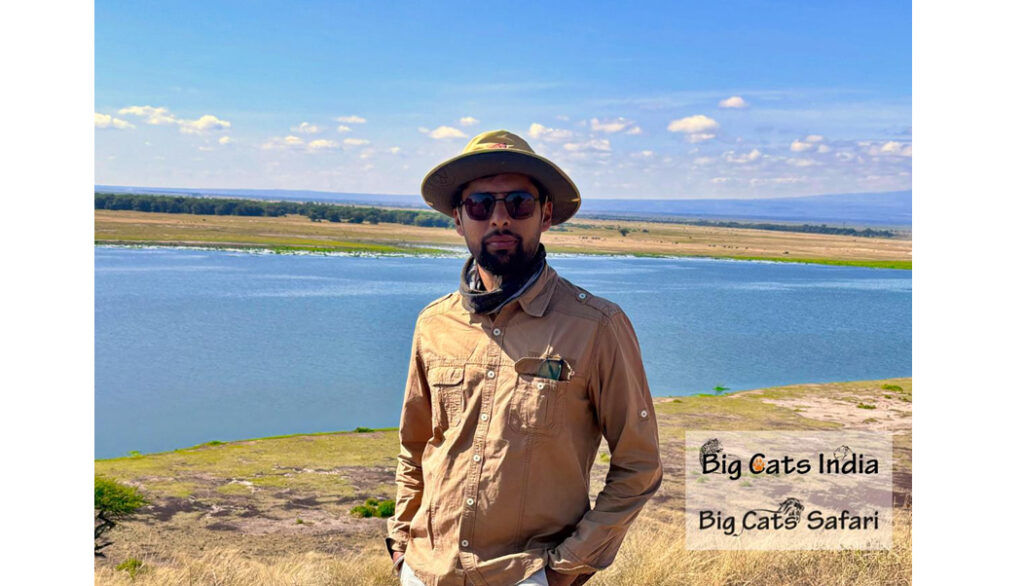
For me, few moments match seeing a big cat in its natural home. A tiger moving through central India’s sal forests, a snow leopard slipping into Himalayan cliffs, a lion roaring across the African savannah — each sighting shows raw power and patient skill. Every encounter felt like a lesson in survival and the close ties between people and place.
The Monarchs of India
I began my journey at home in India. In Tadoba, Kanha, and Bandhavgarh, tigers moved through dense forest with quiet authority. I watched them mark trails, pause at waterholes, then melt back into the trees. In Gujarat’s Gir forest, I tracked the last Asiatic lions, a small population living among dry teak. Central and southern forests revealed leopards and, once, a black panther that ghosted past at first light. High in Ladakh, I spent cold days scanning ridges. One morning I finally saw a snow leopard — a faint shape on a rocky skyline that vanished almost as soon as I noticed it.
The Kings of the Savannah
Months later, I crossed the ocean to Africa. In the Serengeti and Kenya’s Masai Mara, lions owned the plains. I rose before dawn to watch a pride move across tall grass, mothers guiding cubs, males patrolling their range. Cheetahs offered a different thrill. I watched one explode into a sprint and catch a gazelle in seconds. Leopards stayed hidden, draped in acacia branches, eyes fixed on the land below.
Two Continents, One Connection
Walking those parks, I saw a common thread. The cats link lands and people through shared challenges. Local communities live beside predators and shape how places survive. Responsible travel can help, by creating income and reinforcing reasons to protect wildlife. Safaris stop being a simple list of species. They become a way to learn how whole ecosystems keep working.
A Personal Path
One sunrise in the Mara still sits in my mind. The pride moved past our vehicle with a confidence born of generations on those plains. Weeks earlier in Kanha, I stood under a dense canopy and heard a tiger’s deep call ripple through the trees. Those moments were not separate. They felt like chapters of the same story, joined by a sense of place and the people who share it. It was this journey and these experiences that inspired Krunal Patel to leave IT domain and start Big Cats India and Big Cats Safari, allowing travellers to witness these majestic animals while also supporting the people who protect them.
Supporting Local Communities
Safaris are about people as much as animals. In Gir, I walked with guides who know each lion by sight. In Ladakh, I joined trackers who spent weeks watching empty slopes for subtle signs. Their knowledge matters. When tourism pays wages, children attend school and families find new incomes. Villages begin to value wildlife rather than fear it. Conservation gains local roots. Krunal Patel’s vision ensures that safaris are not only about seeing big cats, but also about empowering local communities and preserving ecosystems for generations.
The Call of the Wild
Some images do not fade. The ground shaking under thousands of wildebeest during the Great Migration. The hush of a Himalayan valley before dawn. In those moments, I felt like a guest in older landscapes. Big cats told those stories with a force I will not forget.
For anyone willing to follow their tracks — from India’s forests and mountains to Africa’s open plains — the reward is more than a sighting. It is a clearer sense of how people and nature can survive together, guided by the passion and vision of individuals like Krunal Patel.